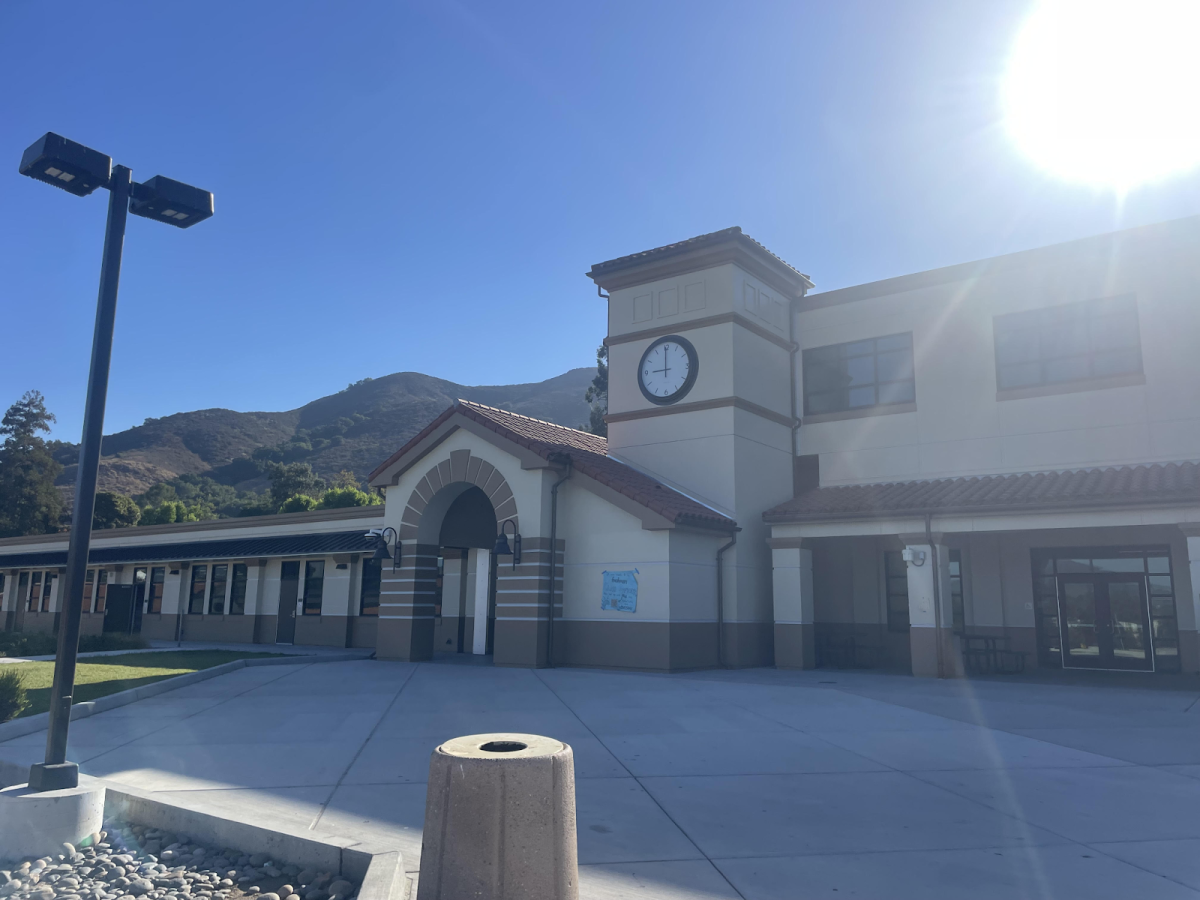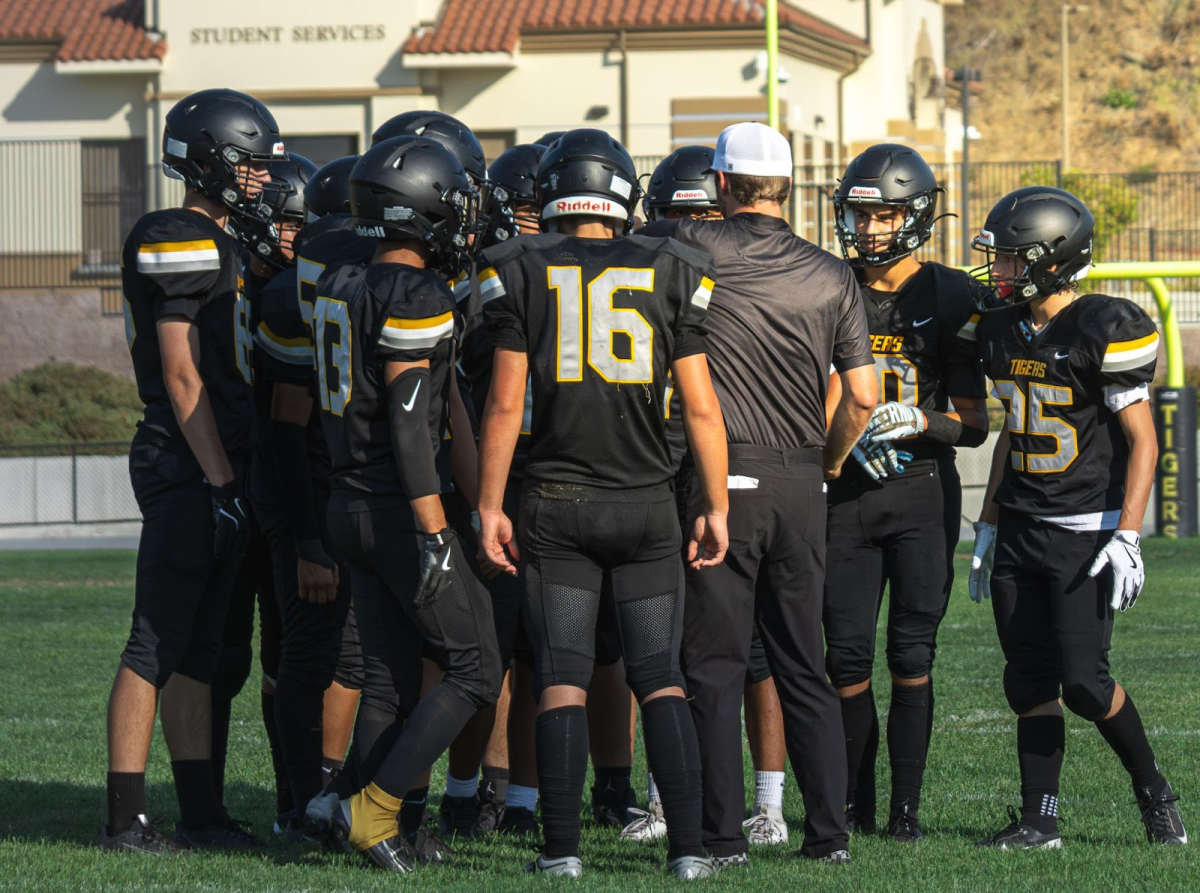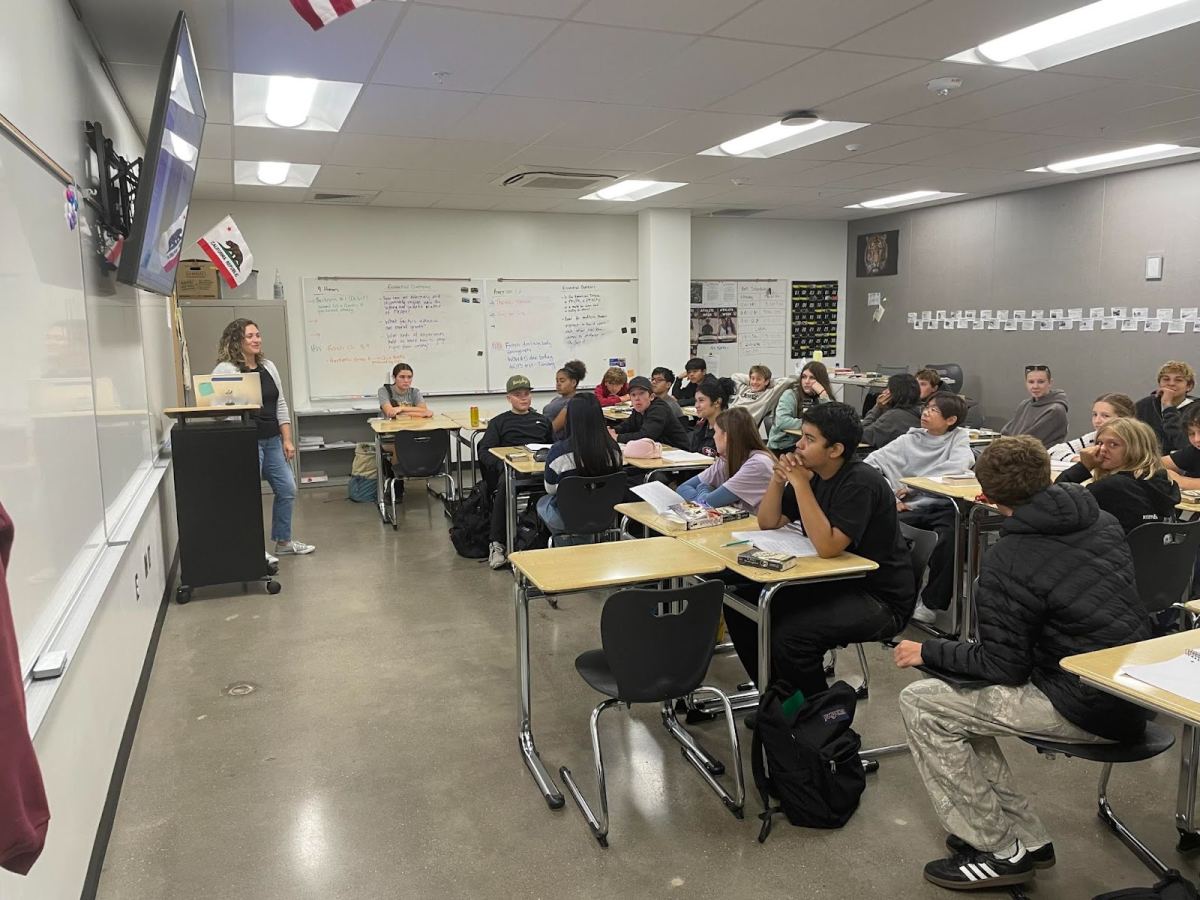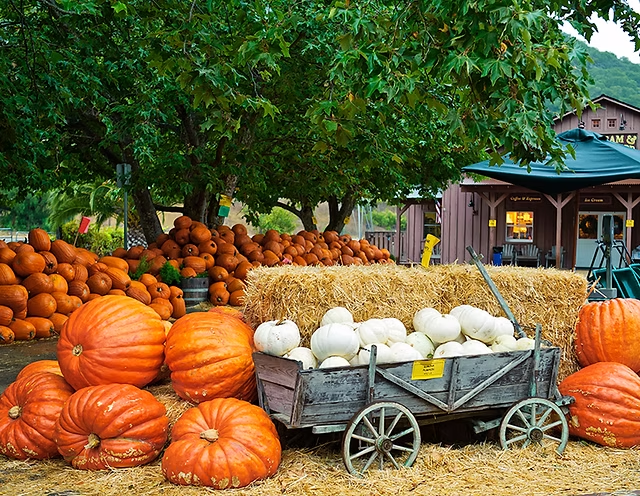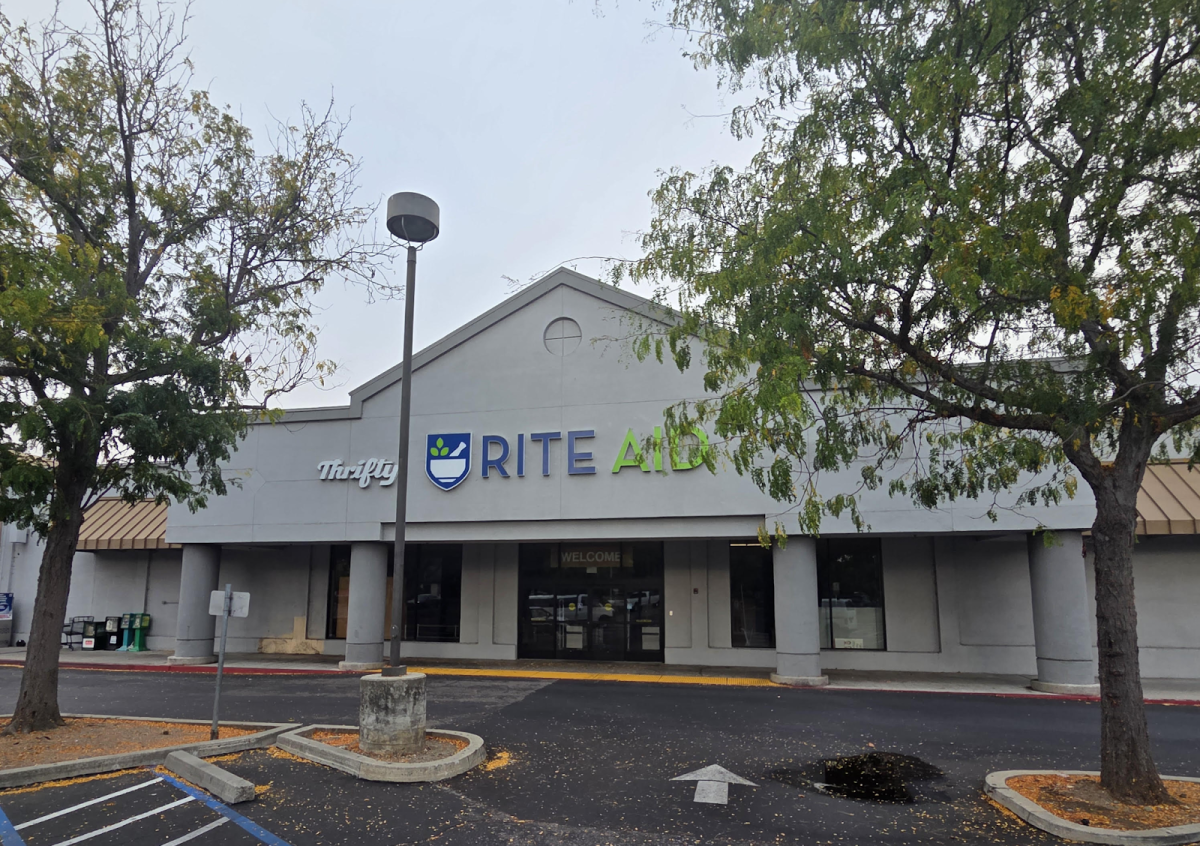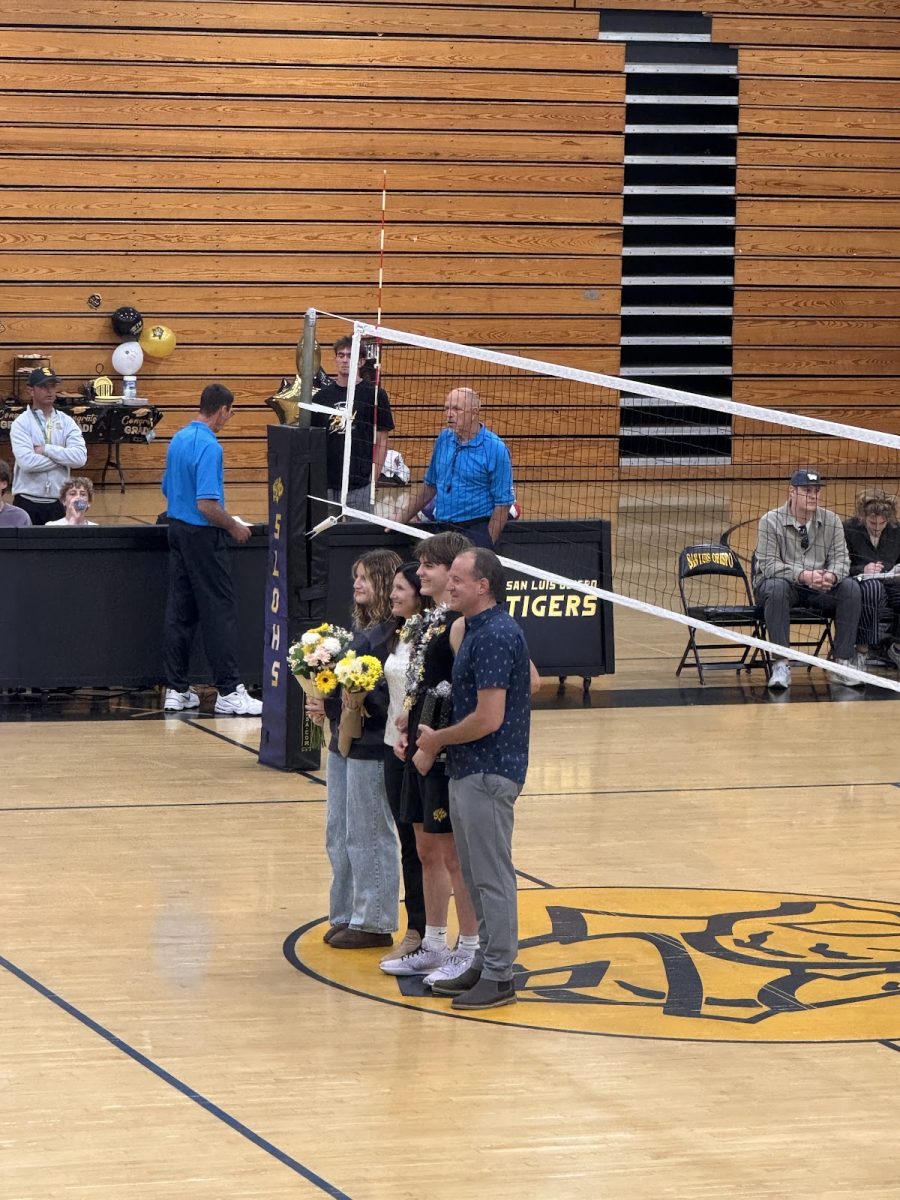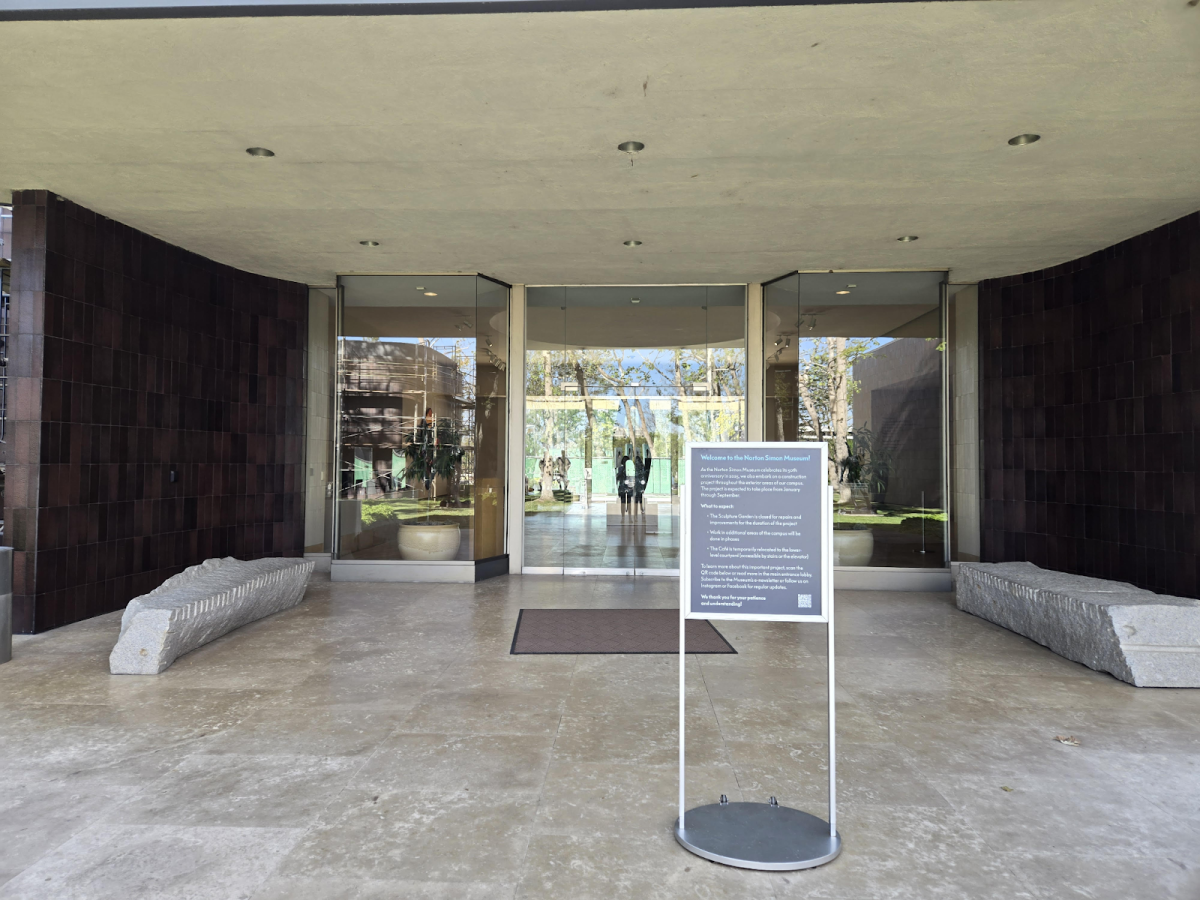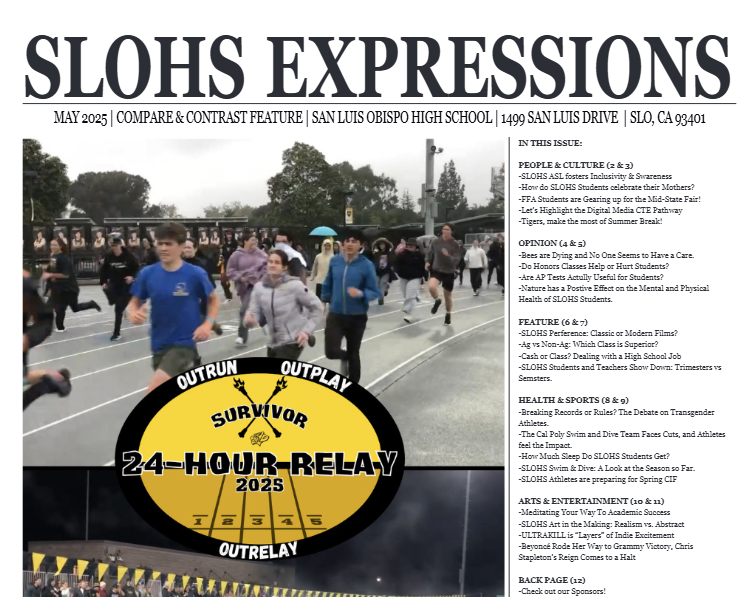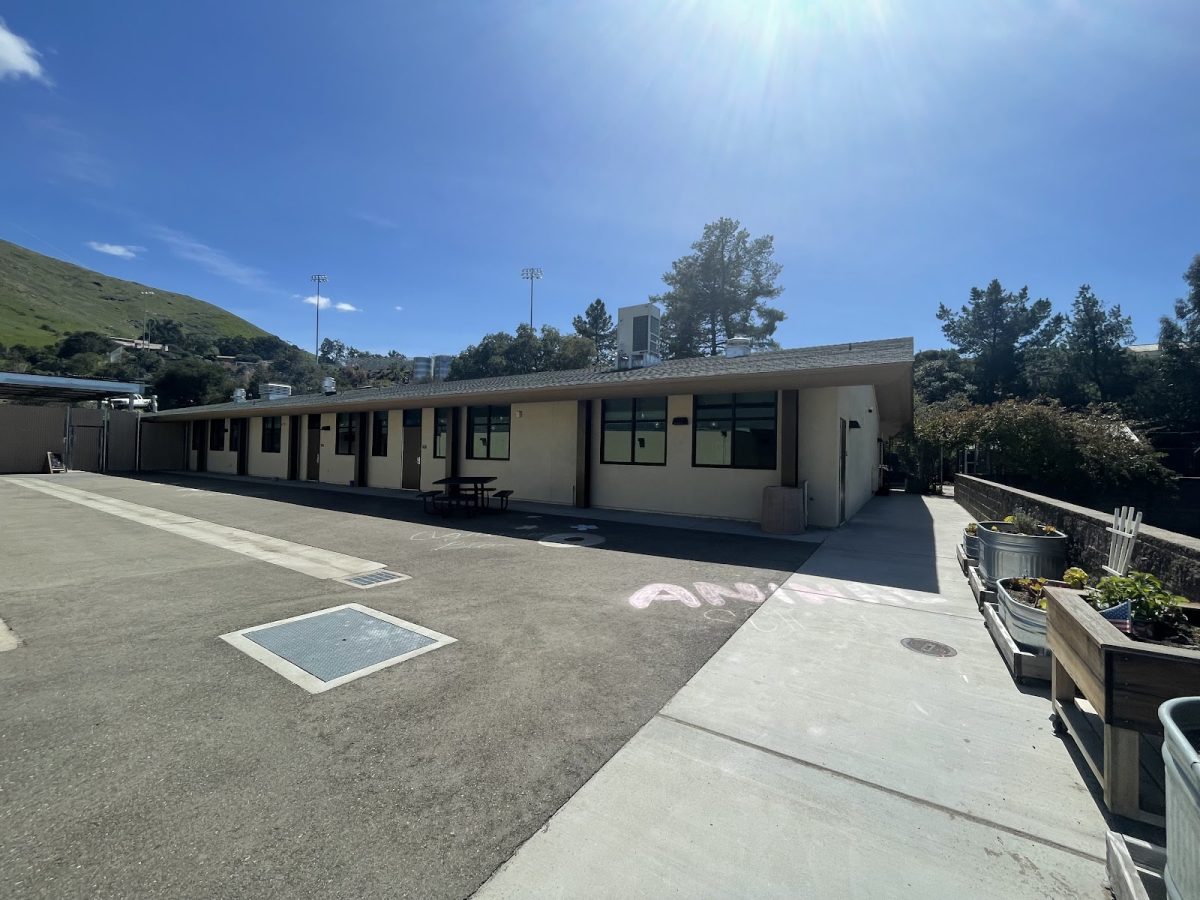SLOHS’ agriculture classrooms, where students engage in hands-on learning about sustainability, farming, and horticulture. Photo courtesy of freshman Addison Hopple.
Approximately 45 thousand high schoolers in California are taking agriculture classes, including many San Luis Obispo High School students who are enrolled in agriculture biology, agriculture chemistry, animal science, floral arts, and more.
But how is this any different from regular biology classes, chemistry courses, and other electives?
“I’ve gained a lot of leadership skills, like doing Parli Pro [(Parliamentary Procedure)] and also showing an animal at the fair. You have to be really responsible too, look after your peers, and also your animals. So I think a lot of responsibility and leadership is something that I’ve learned and gained from Ag,” said freshman Lyla Baird.
One main difference between regular classes and agriculture courses is being a part of FFA (Future Farmers of America). Students in Ag classes must have an SAE project and gain at least four FFA credits. FFA students are required to have at least fifteen hours on their SAE project, but what is an SAE project?
SAE stands for Supervised Agricultural Experience. An SAE project is an important part of any Ag course. Students creating and completing SAE projects helps them explore new interests, develop hands-on skills, earn money and experience depending on the project, unlike students not enrolled in Ag classes who would not experience or gain from this.
Many agriculture students have learned not only hands-on skills but also leadership skills. Classes like Agricultural Leadership, Agricultural Speech, Agricultural Business, and Sales Marketing enhance students’ life skills like strategic thinking, adaptability, and communication. Confidence building is also a benefit since Many FFA members spend lots of time interacting with other students from different chapters and schools.
“I feel like I’ve gotten to show leadership and grow by communicating with others and building new friendships. Ag classes really can benefit students here since they teach more skills at school and in people’s personal lives more than classes that are not involved with Ag,” said freshman Luca Bellisario.
Agriculture courses and FFA can give students, especially incoming freshmen and new students a safe learning environment and opportunities to build new friendships and relationships with their peers. Taking an Ag class and involving yourself in FFA can provide you with a welcoming and special environment.
“These classes have also taught me about sustainability and the importance of agriculture in our daily lives, which I find really valuable. Truly all the memories with my advisors and friends, from overnight stays at conferences to a week of spending time together at the fair. Those memories will always stick with me. There is truly no other class or organization like it. FFA isn’t all about farm animals and public speaking and wearing our blue jackets, it’s about being a leader and never giving up when something is hard. But truly FFA has a different meaning to each person, so join FFA and find that meaning,” said senior Kylie Self.
If you have the chance to join FFA or take an Ag class, seize that opportunity! You’ll be part of a great community that’s just not about farming and animals. It’s a place where everyone supports each other and where you can find opportunities to grow and learn.
So even if you don’t take an Ag class, get involved in your school community. Participating in activities helps create a positive environment that benefits you!
Sources: calaged.org, slohs.slcusd.org








